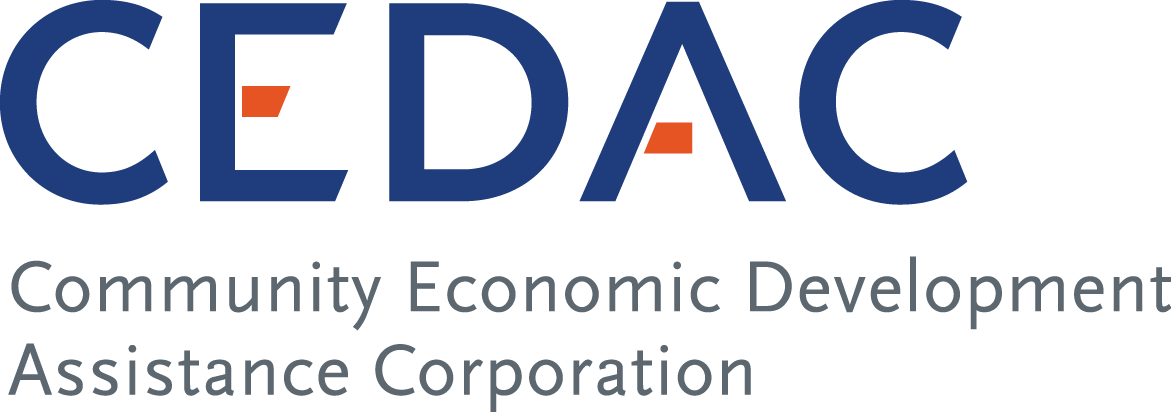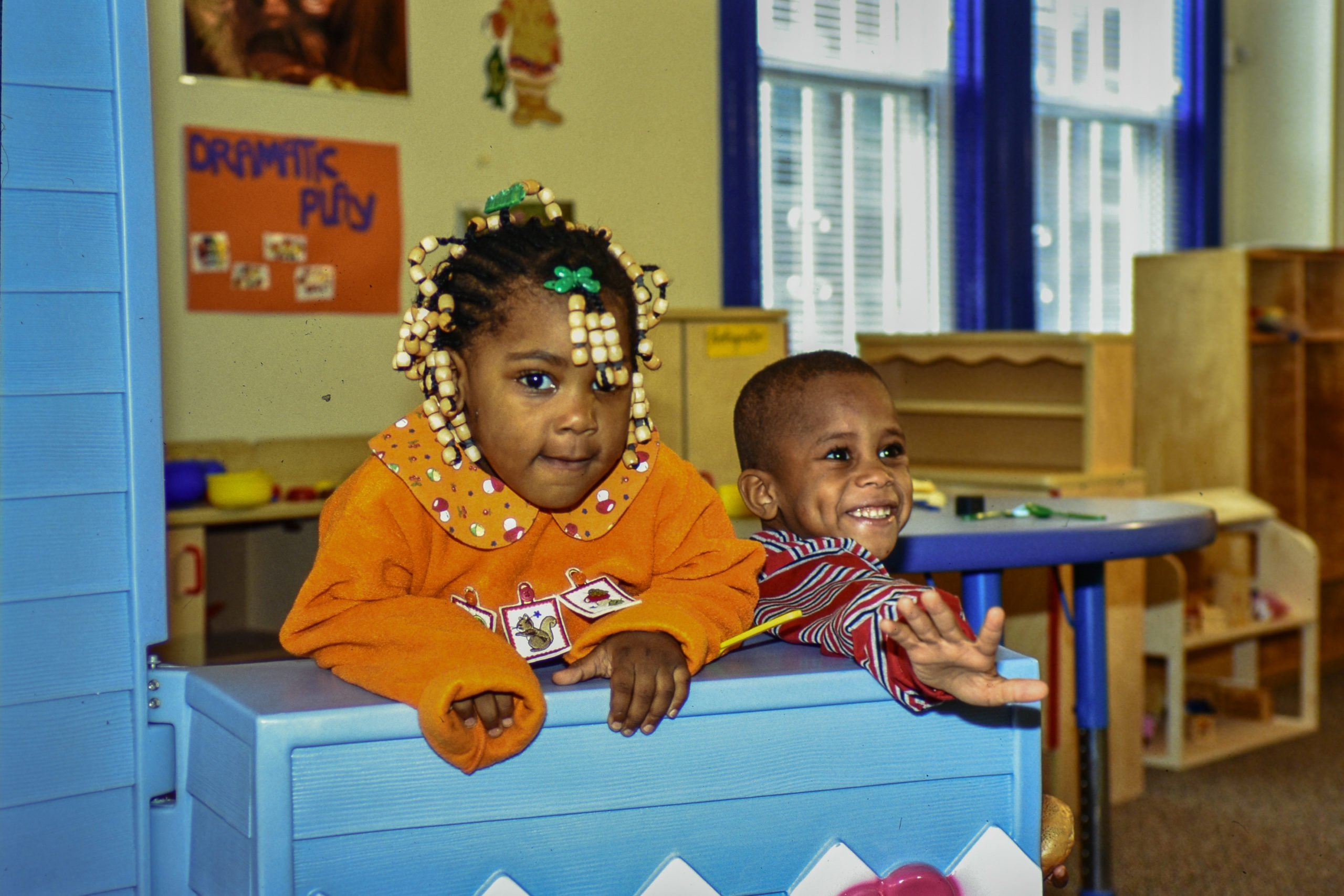At INSITES this week, we introduce the first in a series of spotlights on previous directors of the Children’s Investment Fund (“the Fund”). Today, Dan Violi shares his experiences as the original program manager and how he has seen the Fund evolve as a key resource for the non-profit early education and care community.
- Describe your experience as the director for Children’s Investment Fund?
I joined CEDAC in 1989, at which time I managed a portfolio of affordable housing projects and offered our clients both predevelopment financing and technical assistance in the early stages of these projects. I helped non-profit agencies that had little to no development experience and needed technical assistance and financial support to move their projects forward. Two years later, Carl Sussman, the executive director of CEDAC at the time, asked me to take on the role of the Children’s Investment Fund (“the Fund”) manager. The attributes and skills I had gained in the housing field directly transferred to the child care provider community.
In this new role, I came to understand the importance of well-designed facilities and the unseen design elements that make a childcare space successful. Thoughtful design had many positive effects on the center – greater staff retention, child responsiveness, and family satisfaction. I worked at the Fund when it first began offering training sessions to non-profit providers, who benefitted greatly from having the time and resources to understand what makes a project successful. Carl helped push the need for these trainings, and Mav Pardee – who later became the Fund director – was invaluable in educating the two of us.
- What are some notable child care facilities projects you were involved with? What made them a success?
Two early projects come to mind: SMILE Pre-school and N.I.C.E Daycare. In both cases, the non-profit providers acquired vacant buildings to renovate and then relocate their facilities. With N.I.C.E. Daycare, we helped convince the City of Boston to sell the property in Roxbury’s Egleston Square. Both of these projects brought energy and credibility to the Fund and allowed us to develop really great centers that addressed the needs of the families and staff.
These projects shared some common design concepts that made them high-quality early education facilities, including separate reception areas and staff rooms. They also contained appropriately sized resource rooms and bathrooms within the classrooms. All of these elements help to increase educational time and allowed the non-profit providers to best utilize their resources.
- How have you seen the sector evolve?
From its inception, the Fund has collaborated with other advocates for quality child care for low-income households through collective support of public policy changes and increased funding opportunities
Overall, I have seen our non-profit clients mature and grow better in-house capacity to tackle their facilities projects.
I have also watched the Fund establish a very strong reputation so that when non-profits are approaching the state, a bank, or other funders, lenders take it as a positive endorsement when they hear that the Fund is involved in the project. This credibility is in large part due to the foundations that contributed to the Fund and helped the organization establish a strong track record and reputation for providing capital needs solutions for early education and child care, particularly for low-income households. These funders include United Way of Massachusetts Bay and Merrimack Valley, the Ford Foundation, the Hyams Foundation, and the Barr Foundation. These contributions also encouraged support from other private investors.
In 2013, Massachusetts passed a bond bill for childcare through the Early Education and Out of School Time (EEOST) Capital Fund. To get this funding established in the state budget was a huge accomplishment and something that the child care community had advocated for years.
Another milestone occurred earlier this year when the Fund became a certified CDFI. This not only reinforces the organization’s reputation but also recognizes the significance of investing in child care and early education facilities. These achievements speak to the fact that resources for capital to support these facilities have come a long way since the Fund was established.
- What do you think is next for child care facilities development?
Back when I worked at the Fund, it was always difficult for providers to find sites to relocate their centers. Many of these providers lacked the capital to acquire property, and it was hard to absorb these acquisition costs. Therefore, it would be wonderful if there were more participation and investment from towns and cities to prioritize options for site acquisition, specifically if child care facilities could be recipients of surplus public land and buildings at a reduced price. The social payback of investing in high-quality early education and child care facilities in the community is worth whatever discount the cities or towns could offer.
I am pleased to see that the sector has continued to push for public policy changes, as it’s important to secure adequate funding for vouchers and direct subsidies to child care providers serving low-income families. It’s also important that providers have the resources to retain their staff by offering reasonable wages, which incentivizes staff to continuing investing in the children they serve.
The Department of Early Education and Care (EEC), with much support from House Speaker Robert DeLeo who led an Early Education and Care Business Advisory Group in 2017, issued a report that discussed stabilizing the early childhood workforce through a rate increase to providers with a goal of working toward a higher market rate over the next few years. The Advisory Group focused on a plan to strengthen the field through annual rate increases and to create professional development opportunities for teachers. The rate increases in FY18/FY19 – the largest increases in the past ten years – allowed providers to increase teacher salaries, but they are still considerably lower than the salaries of pre-school teachers in public schools.
Earlier this year, Governor Charlie Baker signed a $41.8 billion state budget for FY 2019 that allocated $645 million for the EEC. This marked the first time in a decade that the budget has surpassed the pre-recession high point of state funding for EEC. It is promising to observe this level of commitment to the early education and care sector.
- Why are child care and early education worthy investments?
As a parent of two children who are now adults, I witnessed firsthand the value and power of strong early child care and education, both for intellectual and social development. I believe that these facilities are the foundation for successful adults.
- Anything you’d like to add?
I’ve been impressed and amazed at the growth and accomplishments of the Fund since I left. I wish them continued success.






